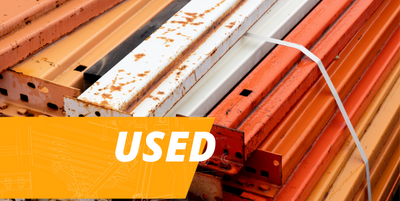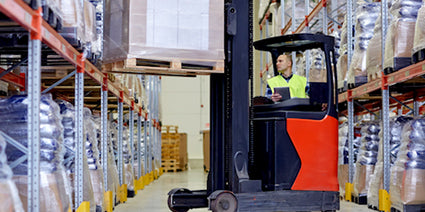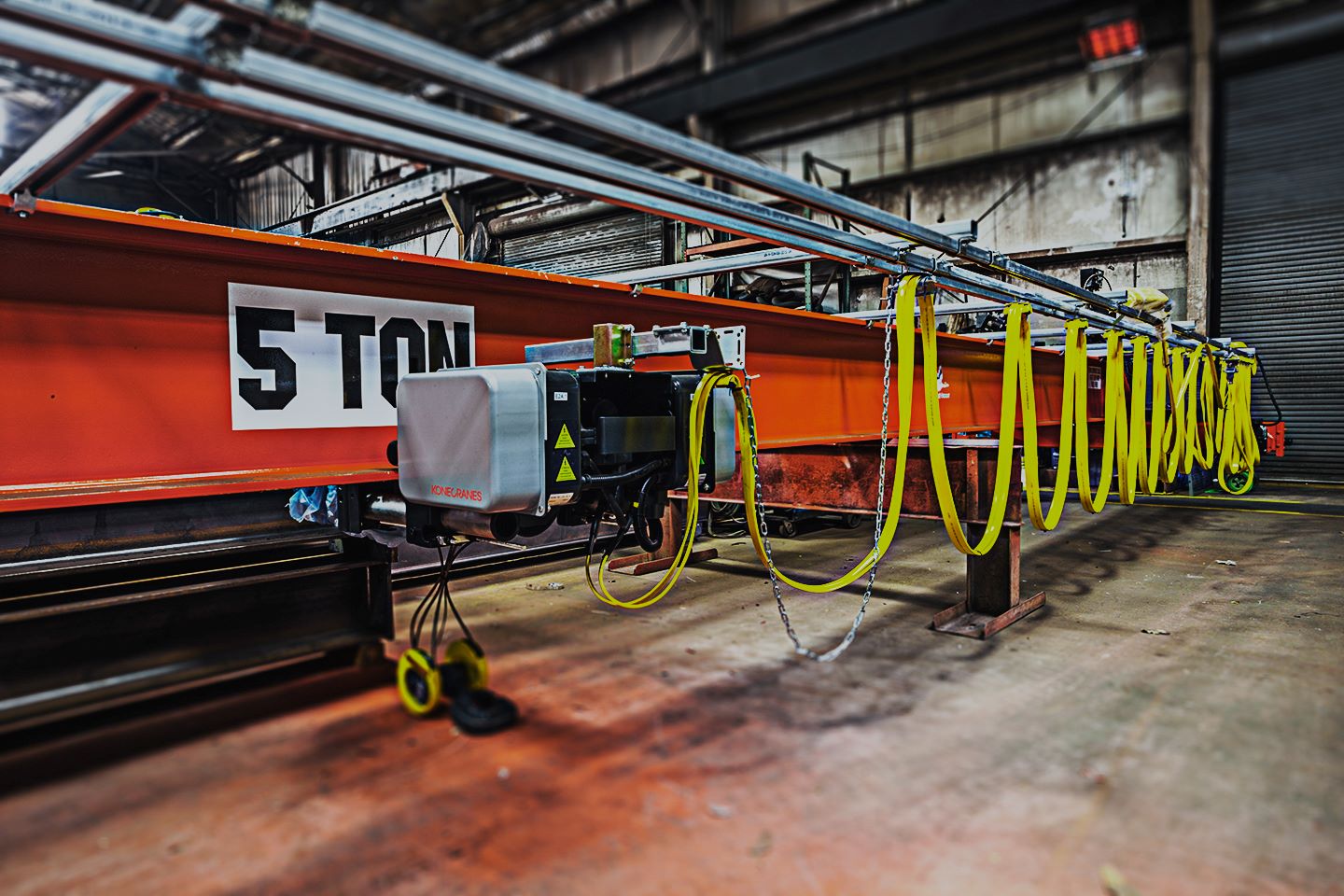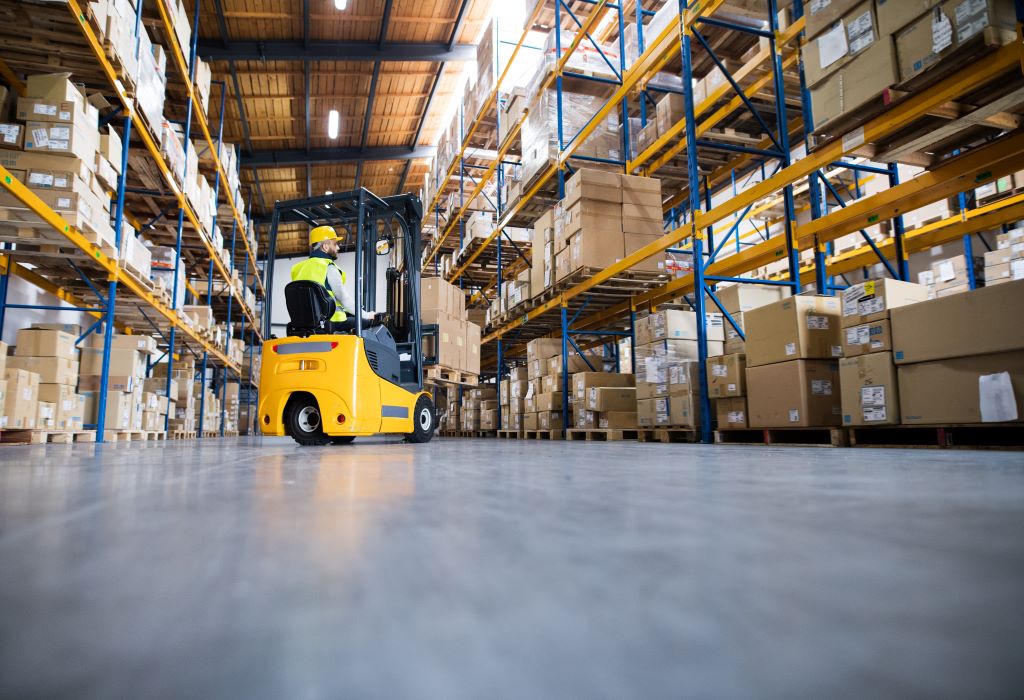Your Cart is Empty
![Warehouse Docks: From Design to Deployment [Comprehensive Breakdown]](http://hoj.net/cdn/shop/articles/IMG_7125_copy_1600x.jpg?v=1694720503)
Warehouse Docks: From Design to Deployment [Comprehensive Breakdown]

Efficient docks lead to quicker, safer, and smoother loading. Quicker loading and unloading all contribute to your overall efficiency and profitability of your company.
Width, weight, and size of loads must be accounted for in dock capacity and door size.
The proper door and leveler are vital in meeting these needs. Drivers also respond better when the leveler aids them in loading and unloading. Pallets are accessed at the best angle at the end of the truck and during passage.
Less product damage occurs as well, and time is more efficiently spent. No wasted motion, no waiting, and no damage are worthwhile benefits from using the right leveler in the correct way.
Dock Leveler
Most dock levelers have lips that store in the front when down and rest in the lip keepers. When the pit dock leveler and lip are in the stored position the lip keepers help to keep the leveler flush with the concrete.

This prevents it from dropping to the below-dock position when a forklift drives on it.
If a door is in the open position and no truck is at the dock, this creates a serious fall hazard. In this instance it is suggested to install a safety barrier, ie. chains or scissor gates that allow the door to be open and prevent falls.
Dock Doors Have Lives as Well
An overhead door can open and close many times, but exactly how many times can it do so before it breaks? That depends on its duty cycle and rating, which changes by door type.
Smooth and consistent door opening and closing speed will lead to longer door service. Safety is also a focus for door operation; workers and equipment must be clear when a door closes.
When ordering dock doors, consider these factors to ensure you purchase the best door for your warehouse:
- Door uses per day
- R-value (insulation)
- Door speed (high speed doors only)
The service life of the door will depend on factors such as door uses per day. Estimate the door cycles per day, one time up and one time down is considered a cycle, then select an operator that meets that with some margin for increased opens include worker passage and equipment passage.
The R-value (insulation) must also be considered in the door’s usage. Using an under-rated door will lead to earlier than expected door failure, spoiled goods, and lost productivity.
Door speed and R-value are both very beneficial in refrigeration use, or in any application where preserving a temperature or an environment is important.

Loading Docks
Weight is an important calculation for the dock. Loads of heavy items and forklifts roll over it many times a day. Docks can wear out if they are not rated for the correct weight capacity.
Higher capacity docks last longer than lower capacity docks, which should be accounted for in your planning.
Replacing or updating docks during working hours can hurt inventory management productivity and lead to shipping delays, so when you have one installed, schedule the installation appropriately.
Interlocked Dock, Door, and Truck Restraint
An interlocked dock, door, and truck restraint add a great measure of safety and efficiency to your inventory management processes and to the warehouse. An interlocked system is one where the dock doors only open when a truck is backed into the dock, which also engages the truck restraint.
As a truck driver approaches the dock, a green light will indicate that they can safely back the trailer into the dock. Once the trailer is fully backed into place, the truck restraint can then be engaged. The door can then be opened, allowing the leveler to be raised and placed in the trailer. The light on the outside will turn red, indicating to the driver that they cannot pull away from the dock.
When these steps are completed, a light on the inside of the building will turn from red to green, signalling to the forklift driver that everything is safe and secure.
The driver cannot pull away from the dock until the procedure is reversed, at which point the exterior light will turn green. (Note that nothing happens automatically. A person inside the warehouse controls these actions from the control panel.)
Dock Leveler and Door Maintenance
A malfunctioning dock, leveler, or door can hold up any number of trucks and create bottlenecks in your inventory management workflow. Incorrect loading angles can slow loading averages and increase wear and tear on forklifts.
The cost of downtime from a bad door or leveler is usually much greater than the cost of maintenance, so get your dock, door, or leveler serviced when it needs it.
Maintenance must be consistent and performed to spec. Preventative maintenance (regular service) on doors, levelers, and the docks can prevent costly failures and keep inventory management productivity at good levels, and it’s an easy way to do it.
There are three types of levelers: mechanical (spring assisted), hydraulic, and airbag. Each one of these has moving parts and requires inspection and maintenance.

Purchasing a preventative maintenance program from your warehouse equipment supplier is a wise investment to maintain an interruption-free warehouse operation.
Safety Issues
Dock leveler equipment can have safety and maintenance issues. Proper equipment and training can prevent accidents and increase the life of your dock-related equipment.
Skipping in safety areas such as this can have tragic consequences. Always ensure fire-drop doors are functioning properly. They are required to be inspected annually and can slow or prevent fires from spreading into other areas of the facility, thereby reducing damage and saving lives.
Docks, dock levelers, and doors are critical aspects of your warehouse that have a big impact on how efficient you are in managing your inventory. If they aren’t functioning properly and are not repaired right away, the lingering, harmful effects can be severe.
This may be considered a small area of your operation, but it's often overlooked to the point of causing a bottleneck.








